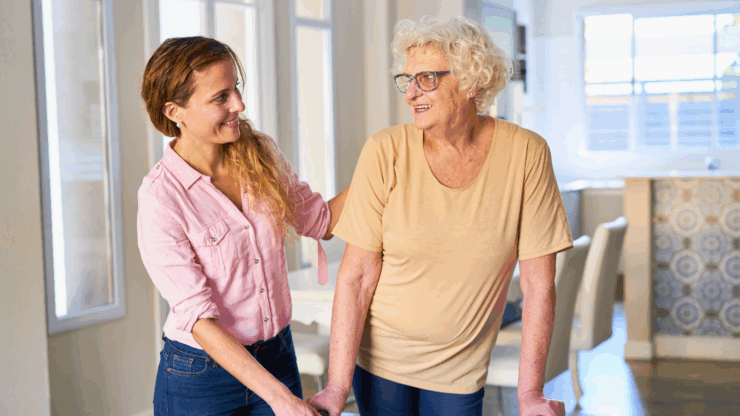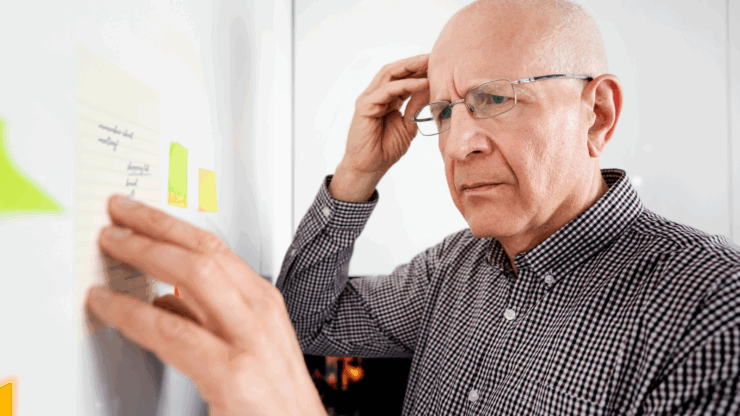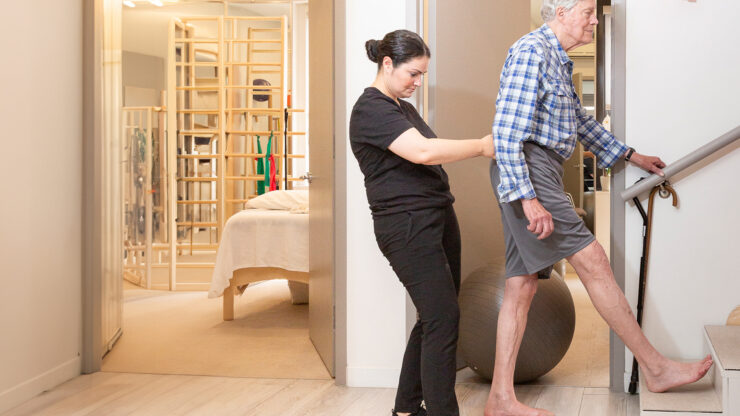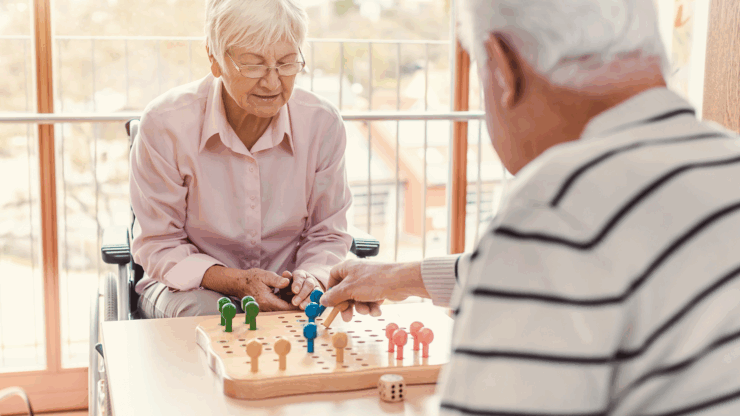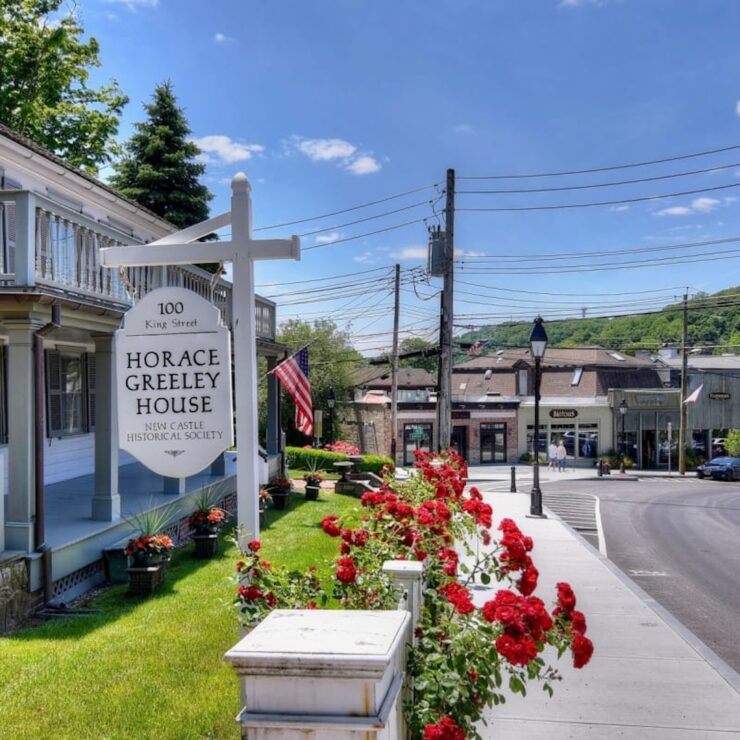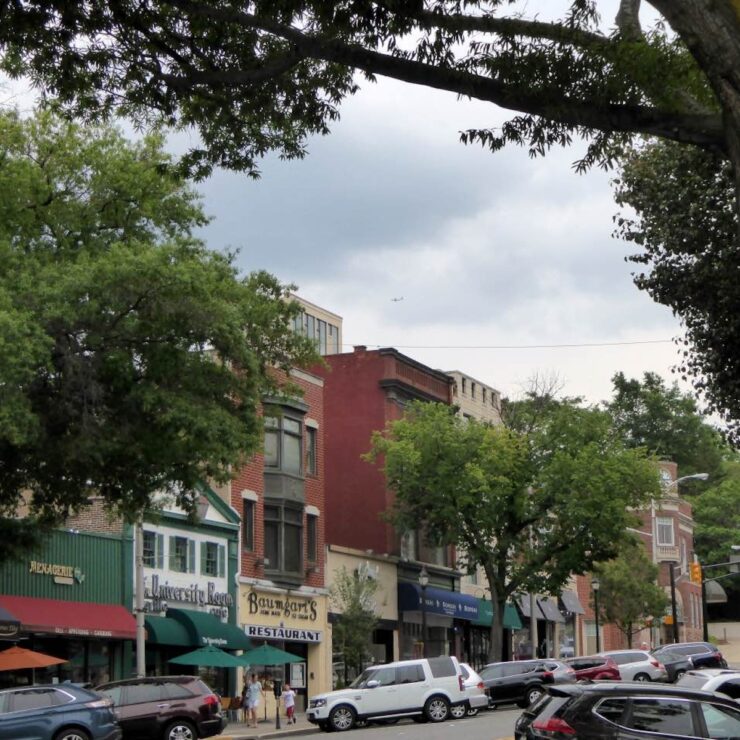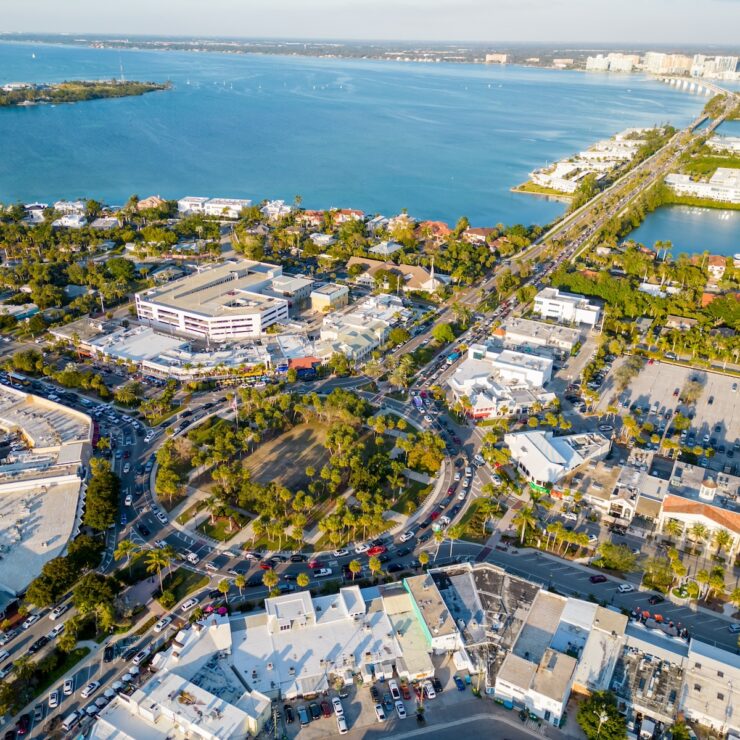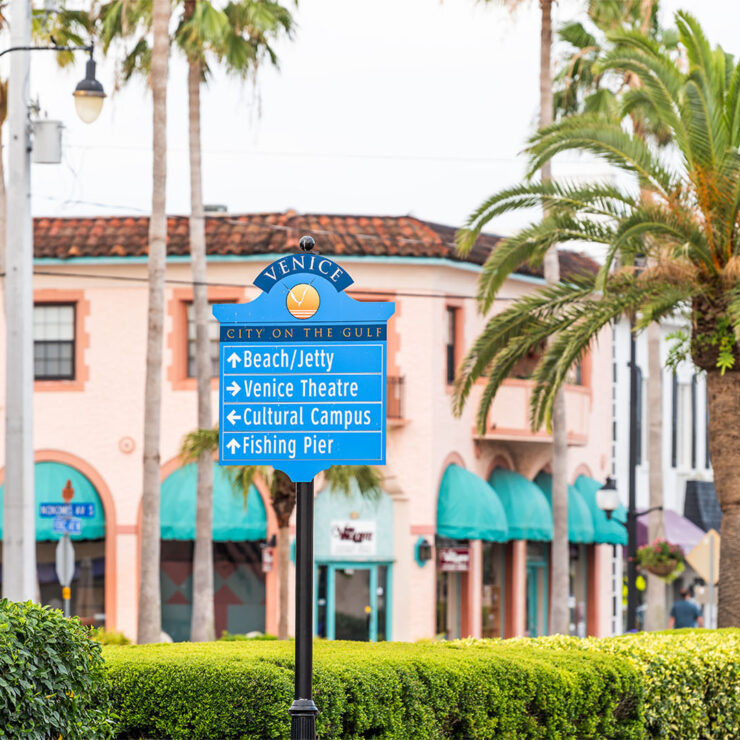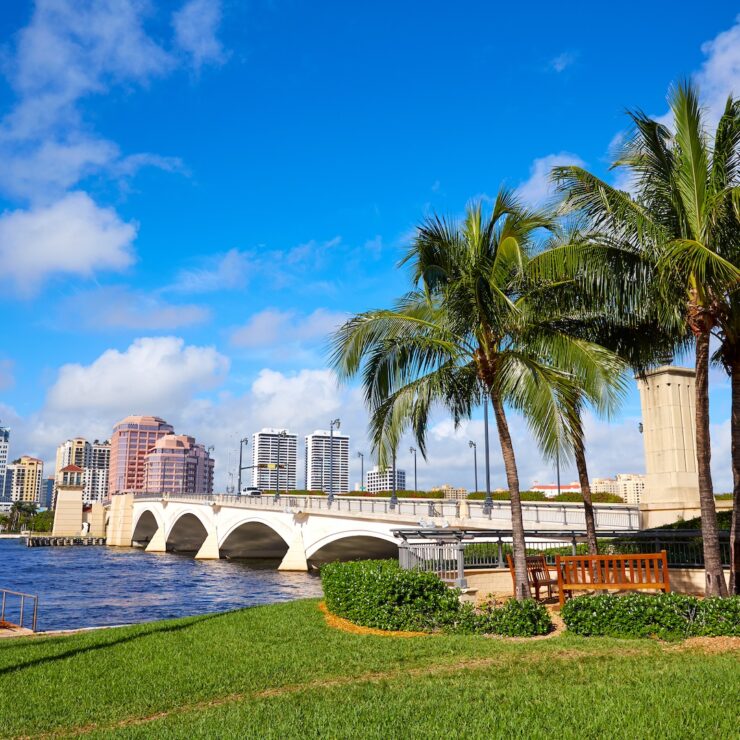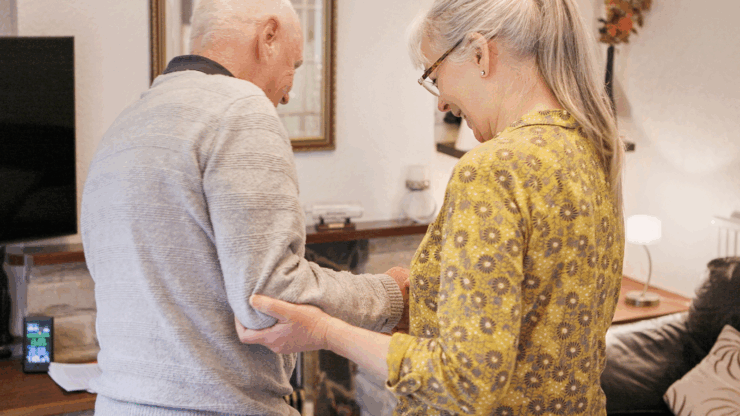
Post-Stroke Recovery at Home
Stroke is the leading cause of serious long-term disability in adults across the United States and worldwide. Thanks to advances in treatment and rehabilitation, many survivors can regain independence and return to meaningful activities. In fact, about 70% of patients who receive rehabilitation are discharged from hospitals to continue their recovery at home.
Understanding stroke and its aftereffects
Because different parts of the brain control different functions, the effects of a stroke vary widely. Common challenges include:
- Difficulties speaking
- Vision problems
- Sudden numbness or weakness, especially on one side of the body
- Memory loss or impaired problem-solving skills
Recovery is possible because of the brain’s ability to rewire itself, a process known as neuroplasticity. Survivors can regain lost skills or find new ways to accomplish tasks through repetition and practice.
Stroke recovery journey
Typically, recovery begins in the hospital within one to two days of the event. Once discharged, rehabilitation begins either in an outpatient clinic, a rehabilitation center, or at home. However, leaving the hospital is just the beginning of the recovery process.
It’s important to remember that recovery is a gradual process that requires patience. While many survivors make the fastest gains in the first three to six months, improvements can continue for years.
Your home can become the center of recovery, where therapy continues, and everyday tasks become milestones. At home, recovery is integrated into daily life. For example, walking to the bathroom can serve as balance practice, cooking dinner may improve coordination, and conversations can provide speech exercises.
Physical therapy focuses on rebuilding strength, mobility, and balance. A therapist may guide patients through repetitive movements, such as standing from a chair, stepping onto a stair, or reaching overhead.
Mobility aids, such as walkers, canes, or braces, are sometimes used temporarily to support safe movement. Although receiving therapy at home allows for greater flexibility than other options, you may not have access to specialized equipment.
Occupational therapy helps survivors regain skills needed for everyday life. Dressing, grooming, meal preparation, and household tasks are practiced to improve motor and cognitive function.
Speech-language therapy assists those who struggle with communication or swallowing. Exercises focus on forming sounds, building vocabulary, and practicing comprehension. Therapy can also improve concentration and memory, which often suffer after a stroke.
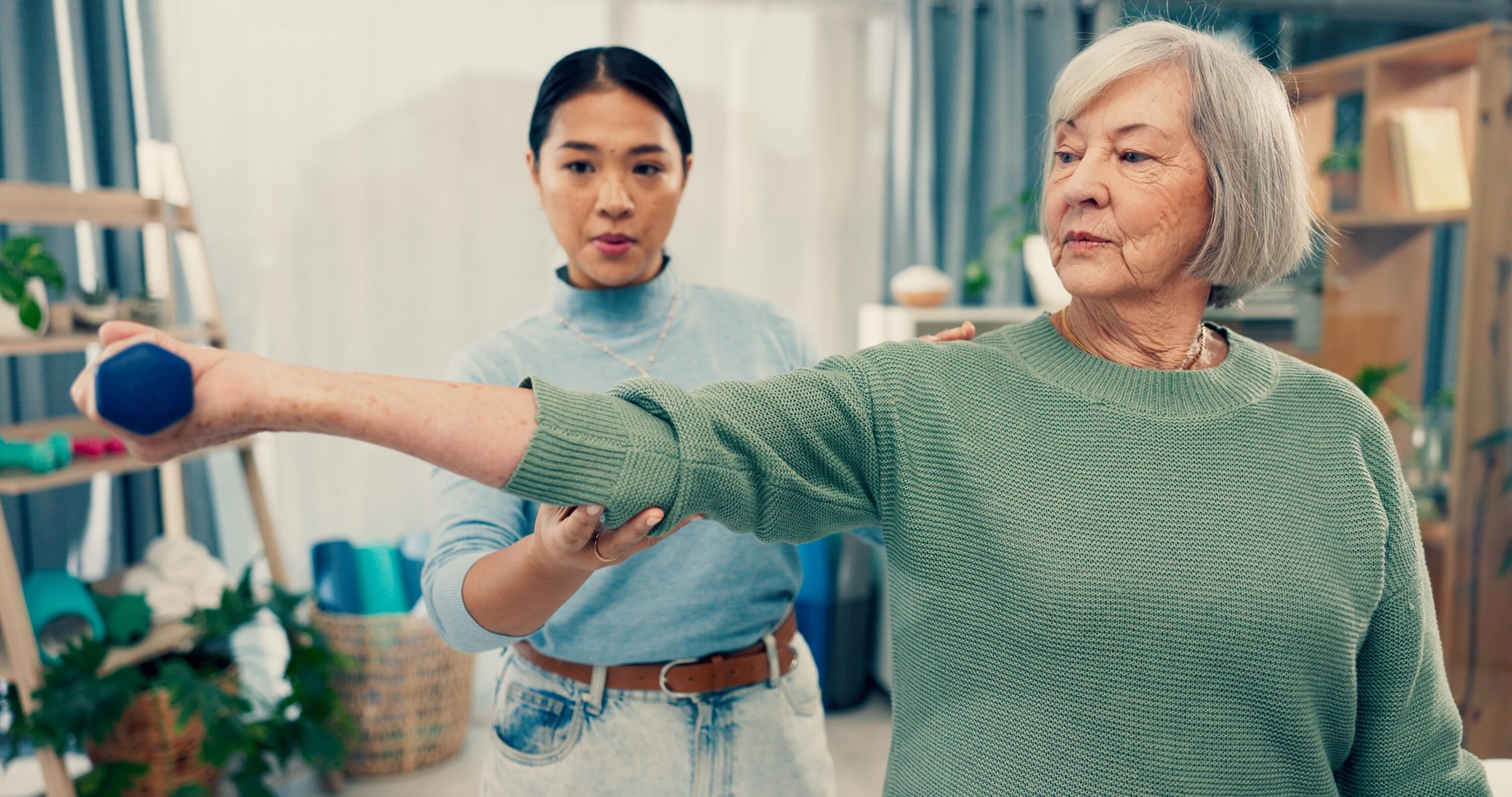
Innovations like telehealth sessions, home exercise programs, and interactive digital tools can complement in-person therapy, making it easier to practice consistently at home. Caregivers or family members can support progress by breaking tasks into smaller steps and encouraging independence whenever possible.
Creating a safe and accessible home
Preventing falls and injuries ensures that progress is not impacted. Safety is critical during recovery because stroke survivors may have difficulty with balance, coordination, or vision.
Helpful home adaptations include:
- Removing throw rugs and clutter
- Installing grab bars in bathrooms and using shower seats
- Using raised toilet seats or bedside commodes
- Ensuring hallways and stairways are well-lit and clear of tripping hazards
- Arranging furniture to create wide, clear walking paths
- Use non-slip mats or flooring in bathrooms and kitchens
Regularly assessing the home is important as needs change over time. An occupational therapist or member of a rehabilitation team can suggest modifications to support independence while minimizing risks. Our team can also connect families with resources that will help make home modifications, such as On the Mend in Connecticut.
While many survivors regain their independence over time, some families find it helpful to have part-time assistance for daily tasks, such as meal preparation, transportation, or medication reminders.
Medication management and healthy living
Preventing another stroke is a critical goal in recovery. Working with healthcare providers to create a plan will ensure medications, therapy, and lifestyle choices are aligned for long-term recovery.
Common medications for stroke survivors include blood thinners, blood pressure medications, and cholesterol-lowering drugs. Lifestyle changes can also reduce risk. A balanced diet rich in fruits, vegetables, and whole grains supports heart and brain health. Quitting smoking, moderating alcohol consumption, and managing stress are other effective ways to lower the chance of another stroke.
Recovery after a stroke is a gradual process. The goal is to maintain a balance: support where needed, and independence wherever possible. Even occasional help can promote a smoother recovery, especially in the early months at home. Most of our caregivers have direct experience caring for someone who has had a stroke, which helps them provide compassionate and understanding support during recovery. For families who feel they could use an extra hand, in-home care services can provide flexible support. Contact our team today to get matched with a caregiver.

